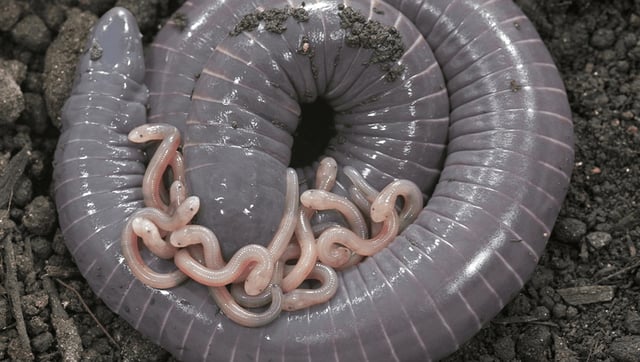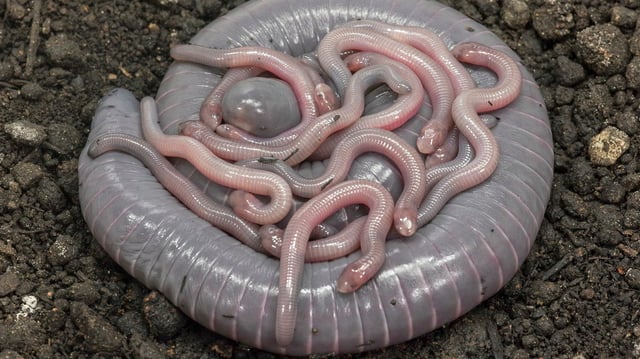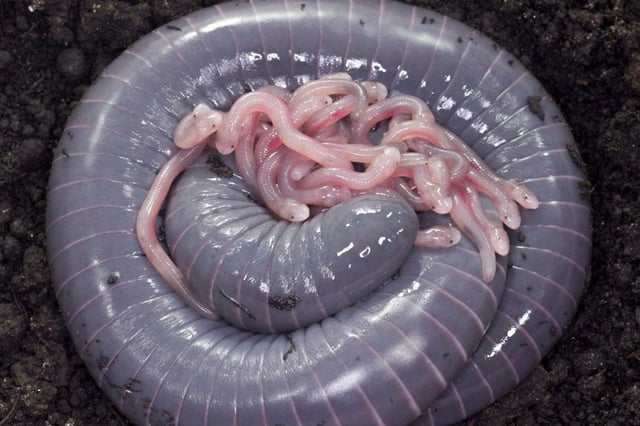Overview
- A newly discovered South American amphibian, the ringed caecilian, feeds its offspring a milk-like substance, marking a significant departure from typical amphibian reproductive behaviors.
- The milk, rich in fats and nutrients, enables the young caecilians to more than double in size within the first week of birth, highlighting its nutritional value.
- This feeding behavior, accompanied by the young's high-pitched squeaks, represents a form of communication and begging behavior previously unseen in amphibians.
- The discovery challenges the traditional understanding of reproductive evolution, suggesting a more diverse evolution of parental care across animal life.
- Experts believe this finding could lead to a reevaluation of how certain reproductive traits, such as lactation, have evolved in vertebrates.



